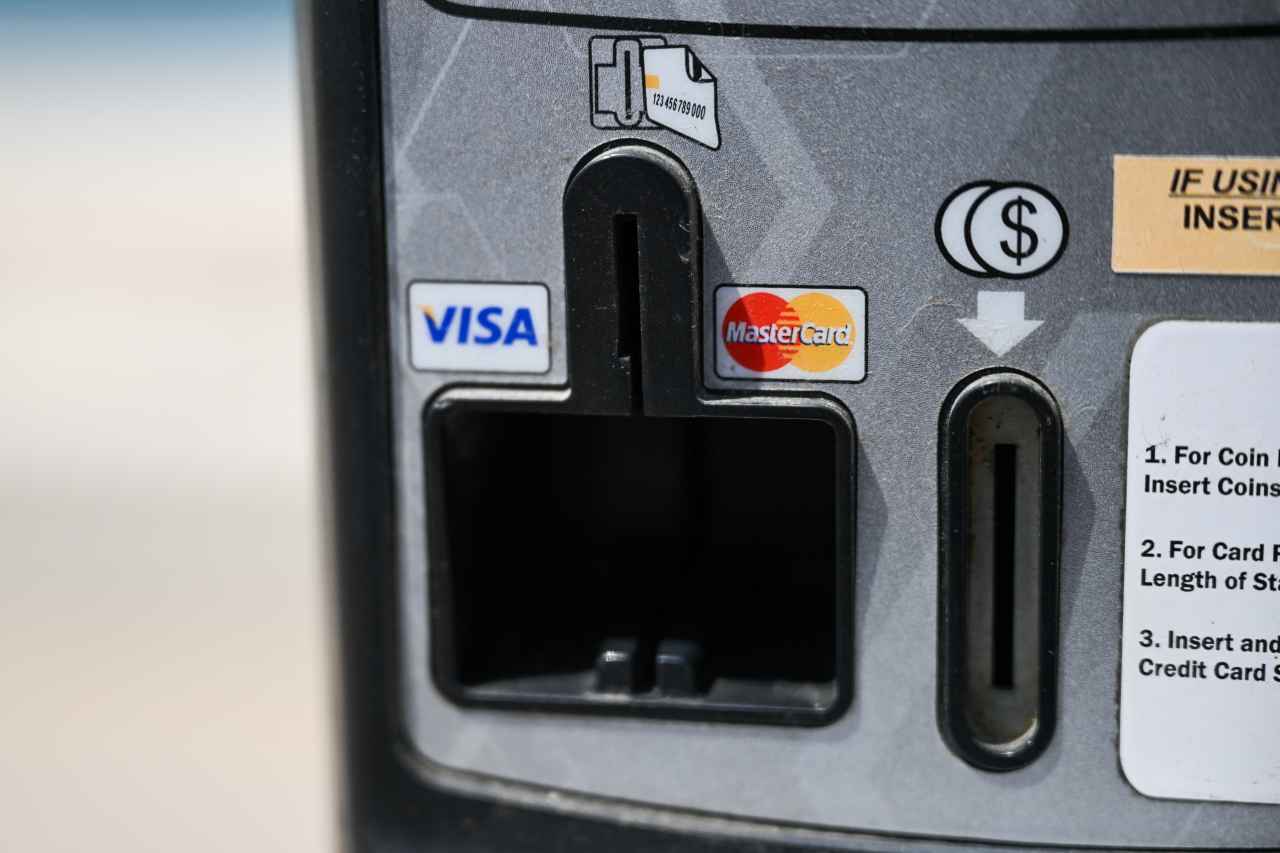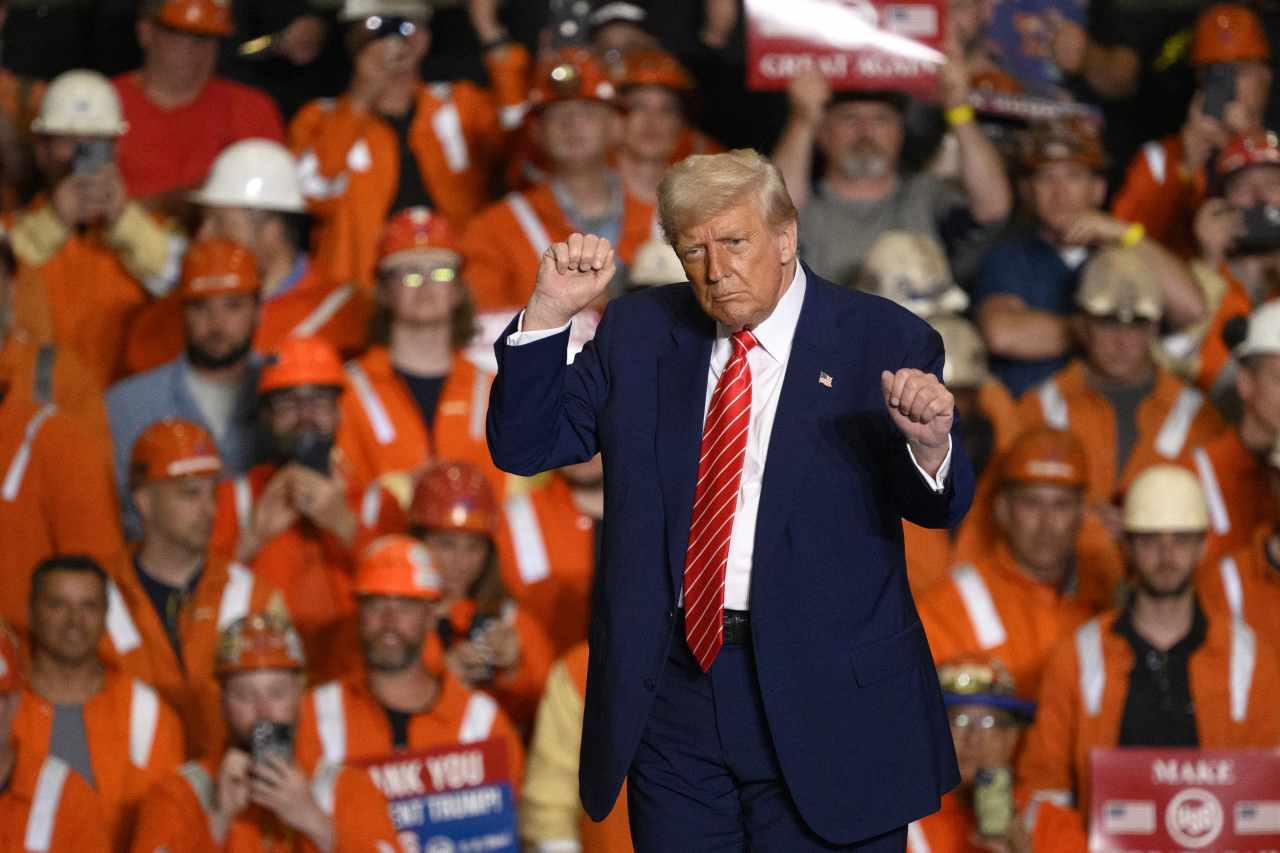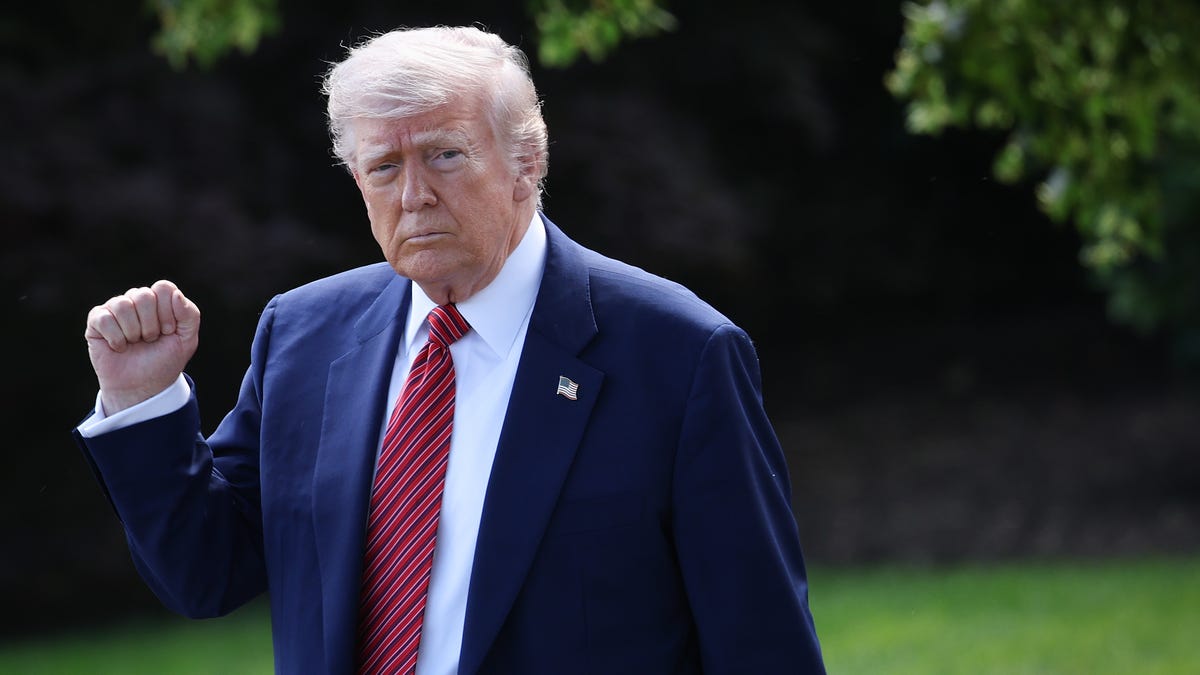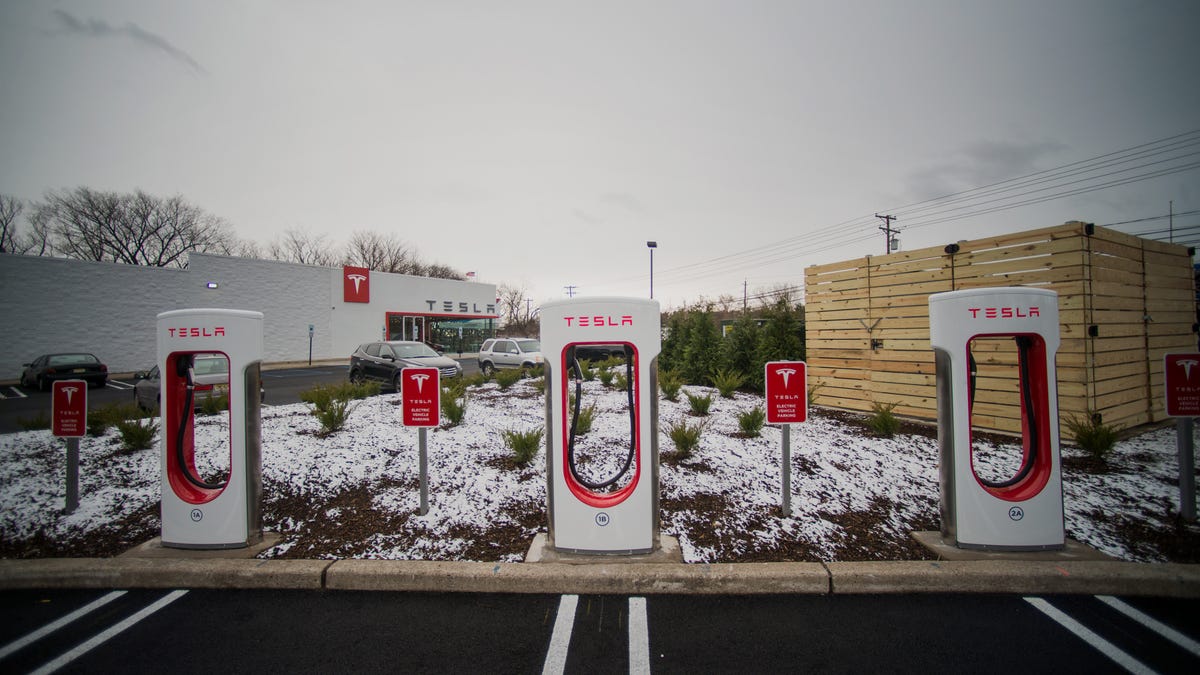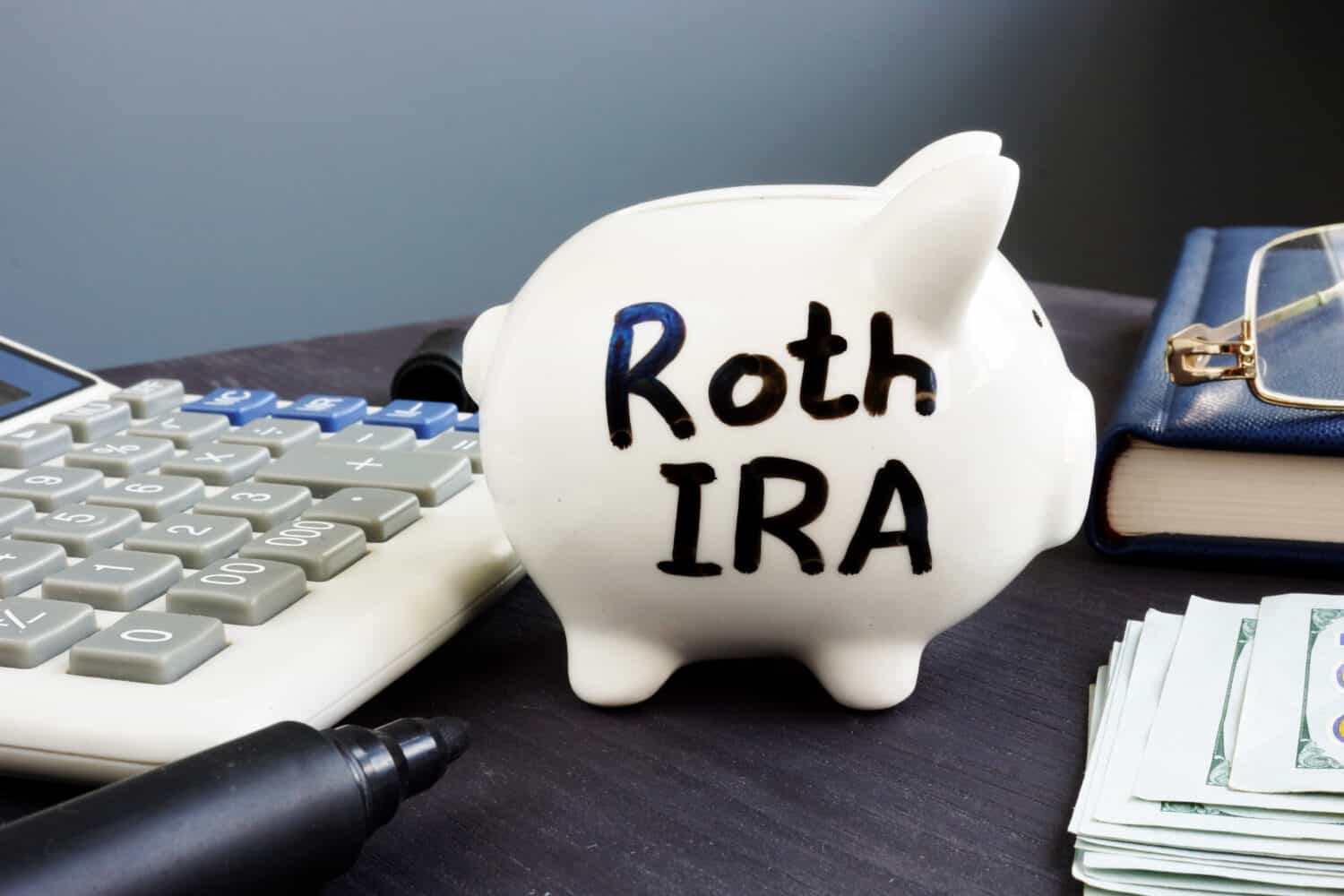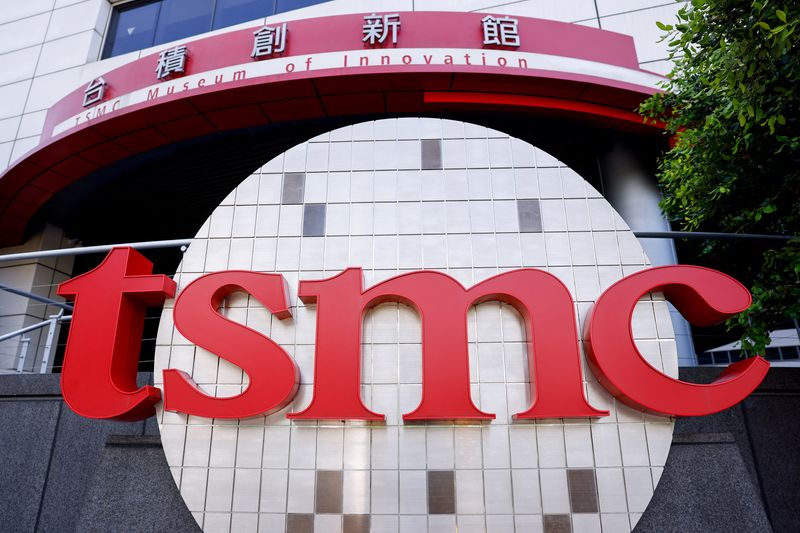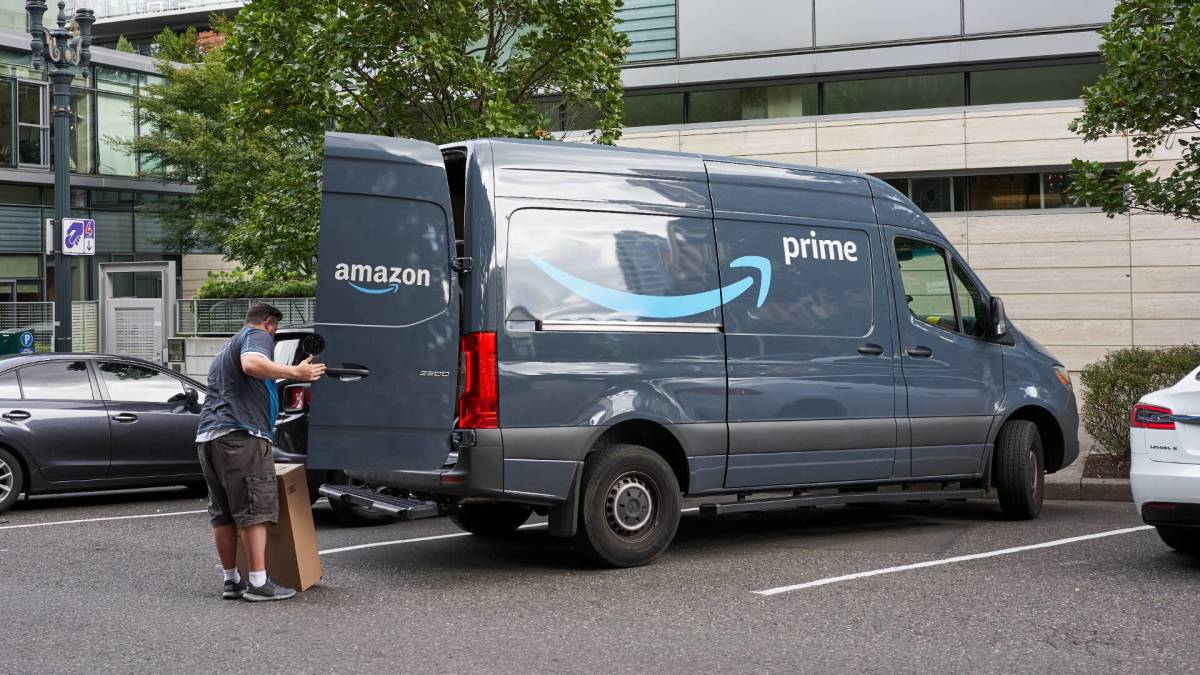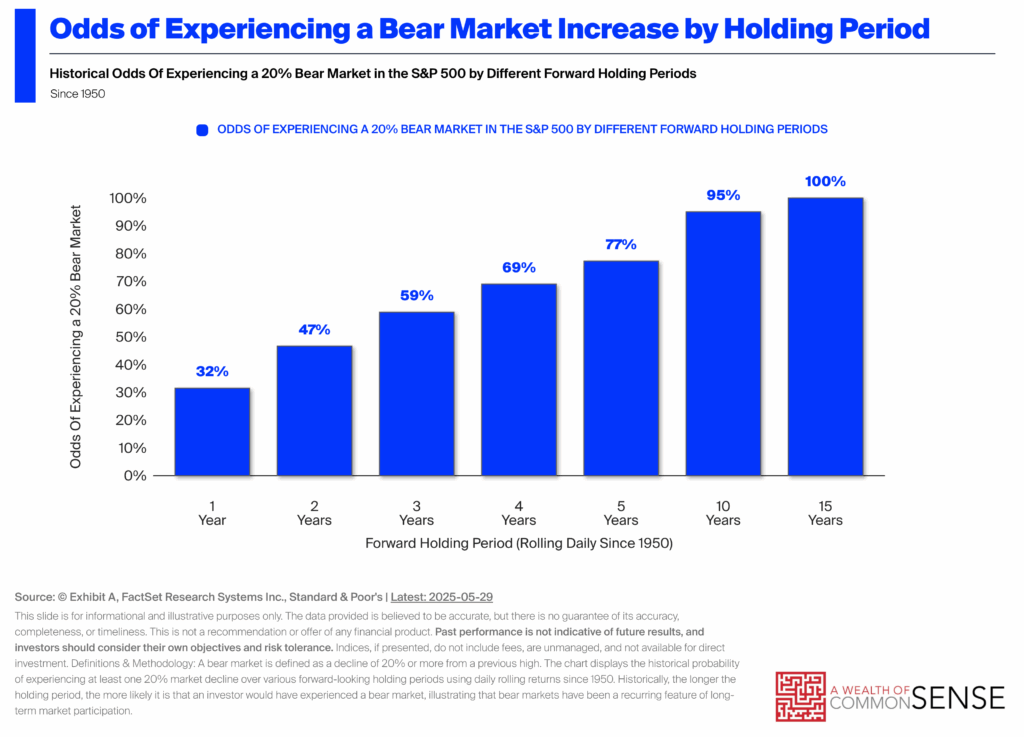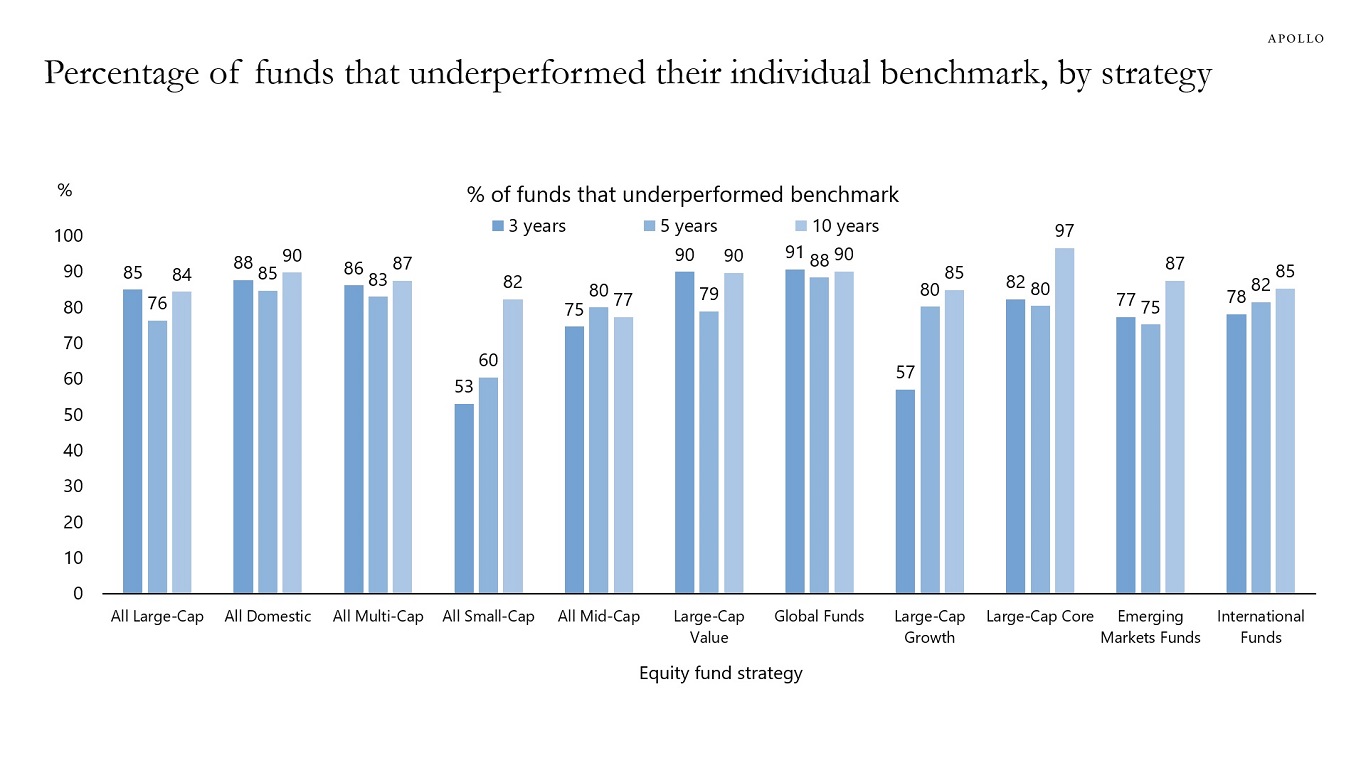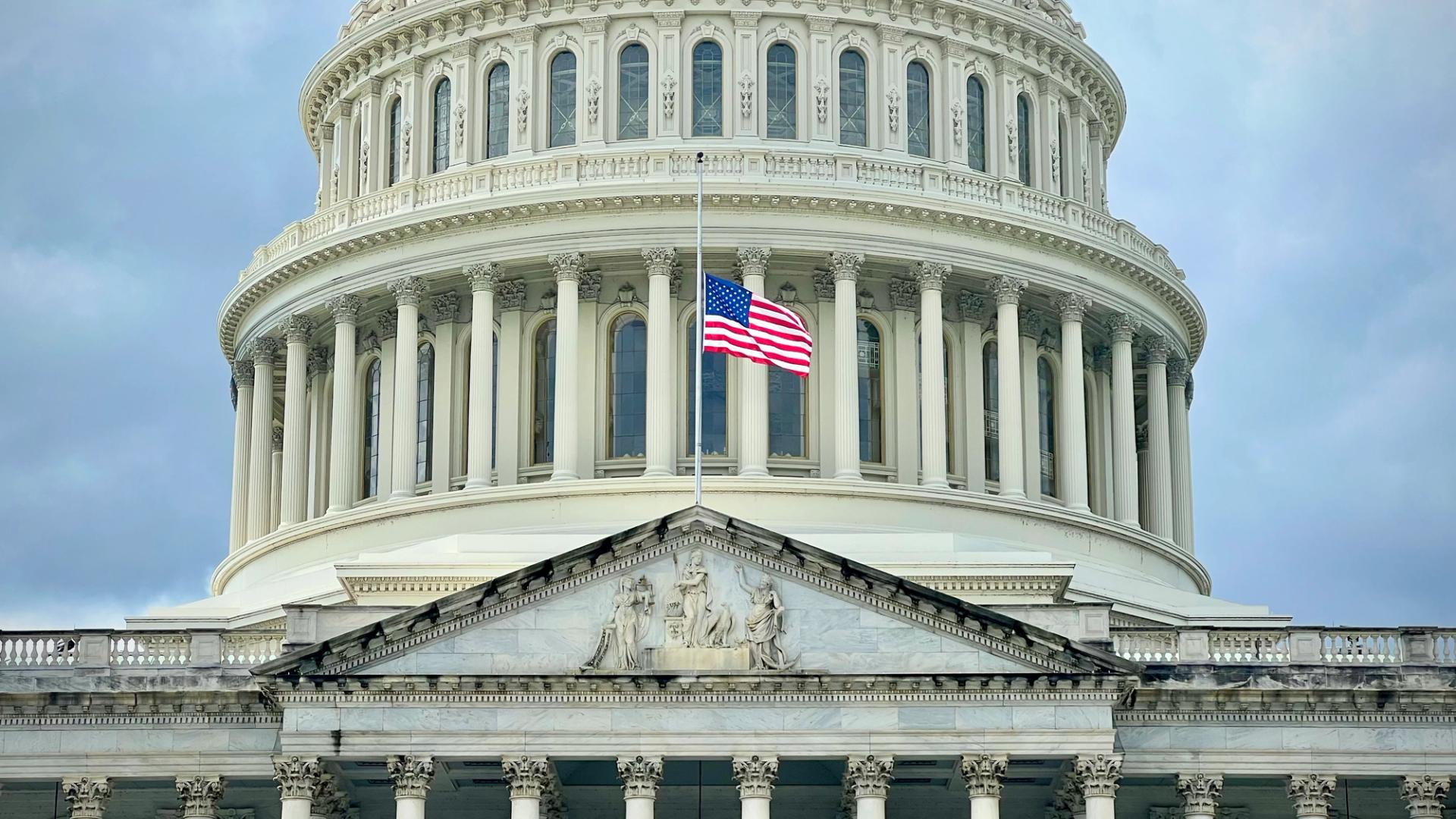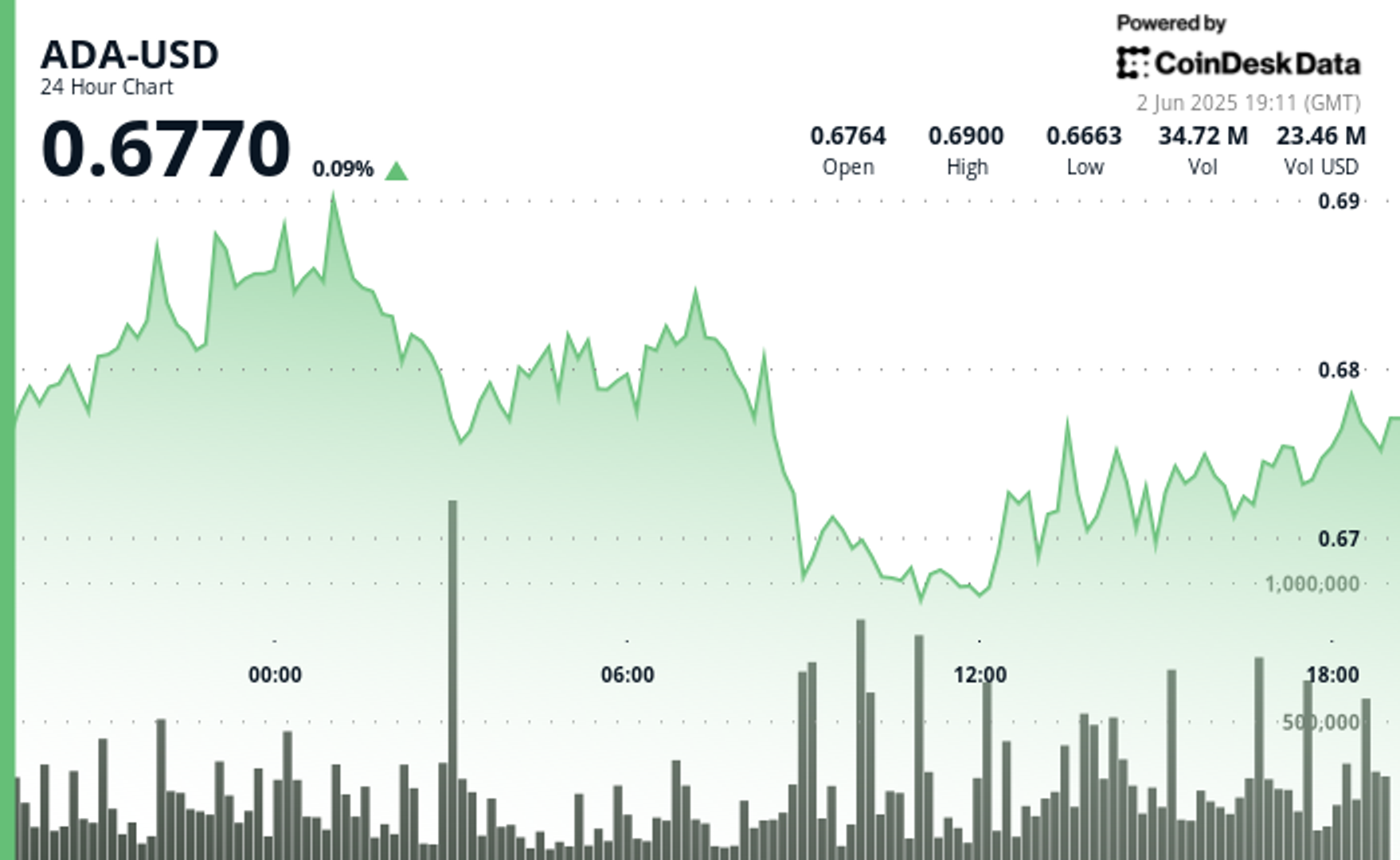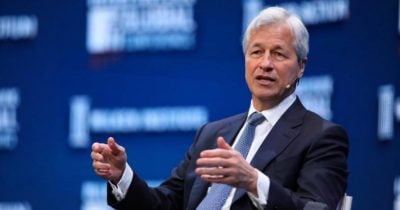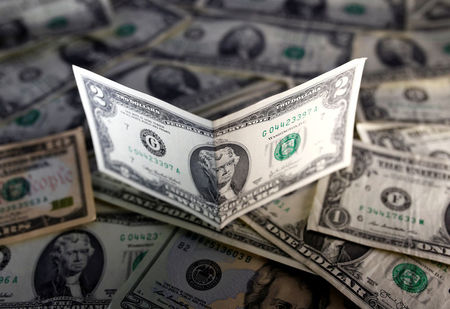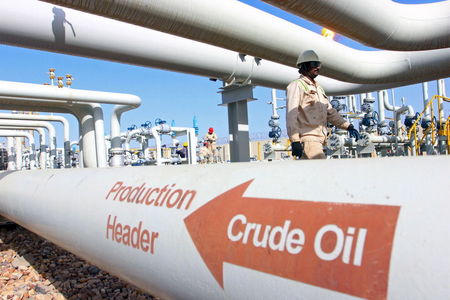Ford’s Yield Tops 7%
The crippled Ford Motor Company (NYSE: F) has traded between $9.35 and $10.80 during the last month. At $10.38, its forward dividend is 7.23%%. Even Dividend King Altria’s (NYSE: MO) figure is lower, at 6.73%. Ford’s financial circumstances may not allow it to keep its dividend at current levels. Ford recently reported an ugly quarter. […] The post Ford’s Yield Tops 7% appeared first on 24/7 Wall St..

The crippled Ford Motor Company (NYSE: F) has traded between $9.35 and $10.80 during the last month. At $10.38, its forward dividend is 7.23%%. Even Dividend King Altria’s (NYSE: MO) figure is lower, at 6.73%. Ford’s financial circumstances may not allow it to keep its dividend at current levels.
Key Points
-
Ford’s Dividend Is Extremely High
-
The Company’s Management Has Stumbled
-
Take this quiz to see if you’re on track to retire. (sponsored)
Ford recently reported an ugly quarter. It suspended its 2025 guidance because its management is uncertain about the effects of tariffs. Adjusted EBIT will be $1.5 billion lower than expected.
Revenue for the quarter dropped from $42.8 billion to $40.7 billion. Earnings were hammered down from $33 per share to $0.12. EBIT from the electric vehicle (EV) segment was a loss of $849 million, compared to a loss of $1.33 billion in the year-ago period. Ford’s move into EVs has been a disaster.
Chief Financial Officer Sherry House commented, “Our results in the first quarter show that the Ford+ [turnaround] plan is working. We are transforming this company into a higher growth, higher margin, more capital efficient and more durable business.” Many investors did not believe her. Shares fell after the quarter was announced. After the sell-off, Ford’s shares will be down about 12% in the past year. The S&P 500 is up 14% for the same period.
The effects of tariffs will help determine Ford’s near-term future. If the tariffs persist for any period, Ford will need to prepare for an earnings disaster, as will many car companies with significant businesses in the United States. Even though Ford manufactures a relatively high percentage of its cars in America, and many of its parts are sourced from the U.S. as well, tariffs will impact the company’s bottom line, as it has already indicated.
Ford’s latest massive stumble is a backup camera problem. Ford reported the issue to the National Highway Traffic Safety Administration earlier this month, involving a total of 1,075,299 vehicles.
Wall Street has turned its back on Ford’s prospects. Goldman Sachs recently lowered its rating on the stock: “We downgrade Ford to Neutral from Buy to better reflect a more difficult cyclical dynamic including competition internationally, weaker consumer demand, and what we expect will be higher costs from tariffs.”
Of the 25 analysts who follow Ford, 17 rate it as a Hold, and four rate it as Underperform or Sell. Most of these analysts worry about EV sales and that a small percentage of its sales are overseas. In particular, this has become and will continue to be a problem in China, the world’s largest car and electric vehicle (EV) market, as local companies capture market share.
Ford has already warned that there is a significant risk if Chinese electric vehicles (EVs) enter the U.S. market. Today, tariffs are blocking that move. After visiting China and looking at its EVs, Jim Farley told board member John Thornton, “John, this is an existential threat.”
Ford has terrible labor union problems. Its deal with the UAW is expected to cost $8.8 billion annually between this year and 2028. At one point, during the labor negotiations, Farley said that the costs of the labor deal “were unsustainable and would put Ford at risk of bankruptcy.”
The high yield could go away.
The post Ford’s Yield Tops 7% appeared first on 24/7 Wall St..




















